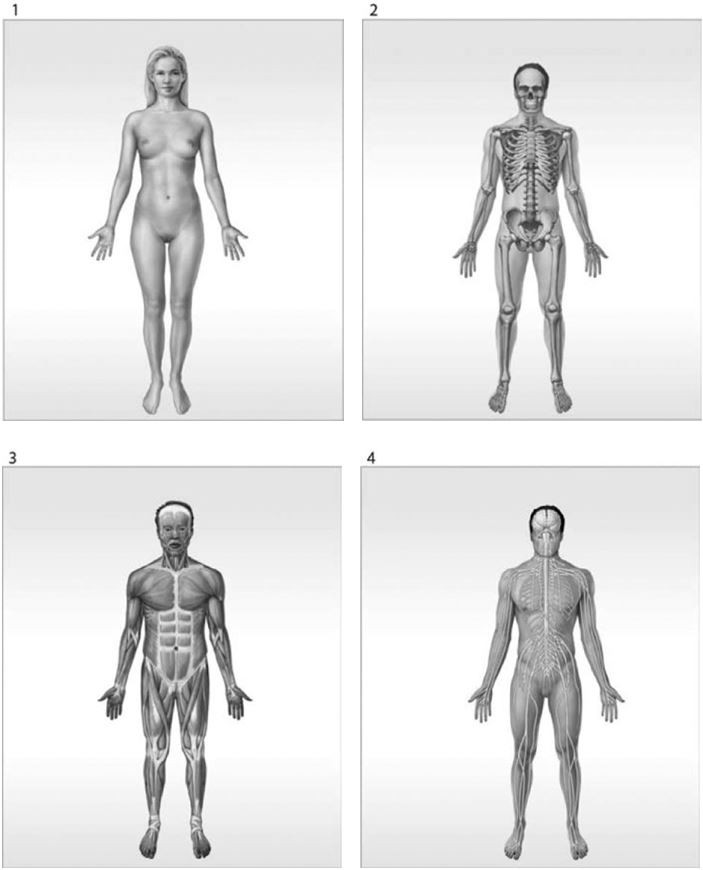With secondary active transport, the movement of
a. H+ out of a cell by antiport is downhill
b. amino acids into the cell by symport is uphill
c. glucose into a cell by cotransport is downhill
d. H+ is in the same direction as the movement of Na+
e. glucose is in the opposite direction as the movement of Na+
B
You might also like to view...
Voluntary movements are carried out by the contraction of
A) nonstriated muscle. B) all types of muscle. C) smooth muscle. D) skeletal muscle. E) cardiac muscle.
A good example of a positive feedback mechanism would be ________.
A) body temperature regulation B) regulating glucose levels in the blood C) enhancement of labor contractions D) blood calcium level regulation
What is/are the function(s) of the organ system labeled #3?

A) help control body temperature
B) provides support; produces heat
C) provides support; protects tissues; stores minerals
D) directs immediate responses to stimuli
E) defends against infection and disease
Which of the following will increase the rate of a chemical reaction?
A. An increase in reactant concentration B. Enzyme inhibition C. A decreased temperature D. An increase in product concentration